Nature reports
Publisher: NIOZ Royal Netherlands Institute for Sea Research
Page 3 of 7 - 70 Results
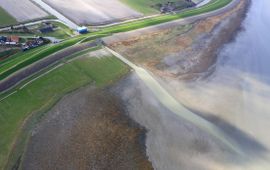
Particularly in spring, less and less fresh water flows from Dutch and German rivers into the Wadden Sea. This affects the life of algae and, therefore, fish and birds on the mudflats as well. ..
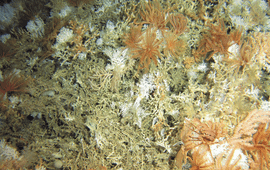
Corals searching for food in the cold and dark waters of the deep sea are building higher and higher mountains to get closer to the source of their food. But in doing so, they may find themselves trapped when the climate changes...
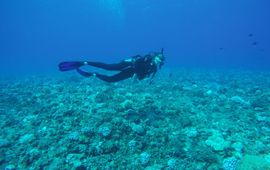
Coral that is exposed to higher temperatures, releases more and different organic matter into the seawater. In doing so, the coral feeds unwanted bacteria as well. This is shown by research of marine biologist Milou Arts of NIOZ...
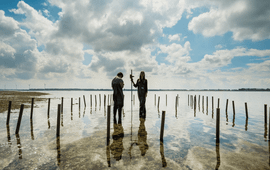
The restoration of mussel beds in the Wadden Sea or the Delta is a lot more successful when young mussels are helped a little with low, protective fences on the bottom. That is shown by research conducted by marine biologist..
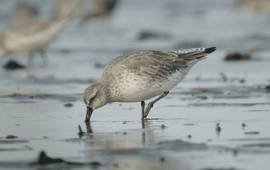
In any group of red knots, respective individuals exhibit a remarkable array of distinct character types. Birds with an exploratory character are motivated to investigate their environment and readily explore unfamiliar areas...
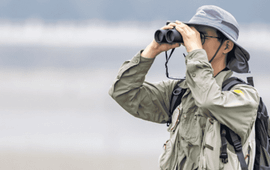
On the mudflats along the Chinese coasts where non-desctructive forms of aquaculture are practiced, shorebirds like knots and bar-tailed godwits are doing relatively well. “The culturing of shellfish is by no means a way of nature..
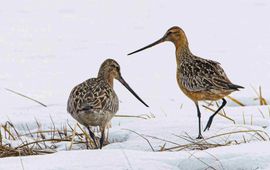
Changing climate may slowly erode the difference between two subspecies of bar-tailed godwits. That warning is voiced by bird researchers from the Royal Netherlands Institute for Sea Research (NIOZ) and the University of Amsterdam..
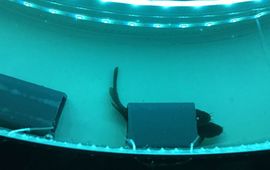
For cold-blooded species, temperature determines their activity and metabolism: if it is warm enough, they become active and if it gets too cold, they remain still. But apart from temperature, fish respond to more environmental..
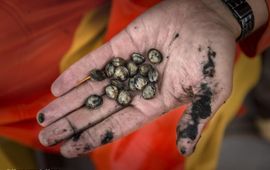
As tidal flats subside due to gas extraction, their composition changes. This is shown in a paper that is published in this month’s Journal of Applied Ecology. ..
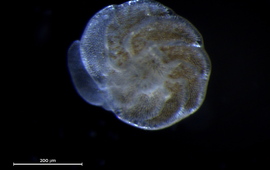
The fossil calciferous skeletons of single-celled foraminifers are a beautiful history book with information on CO2-levels in the oceans of the distant past. "But if you want to fully understand that history, you must first..
